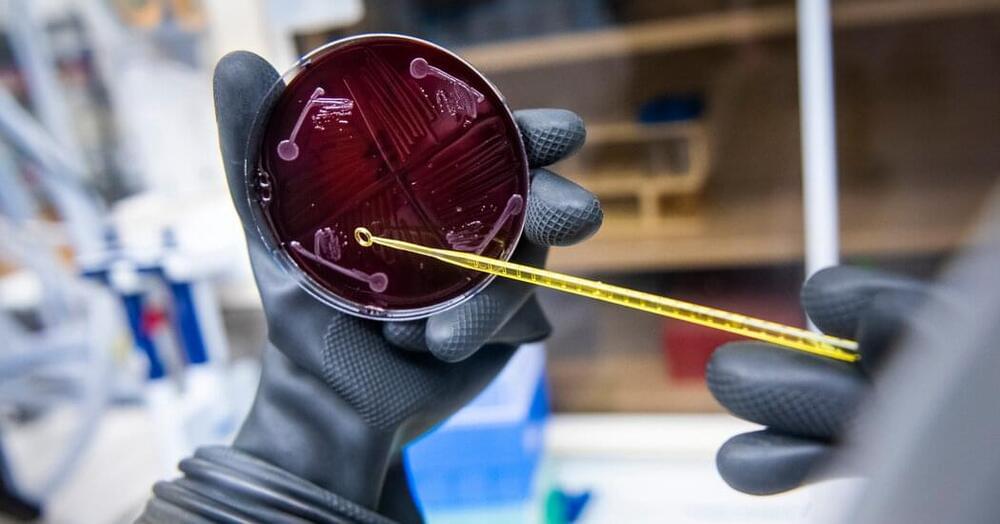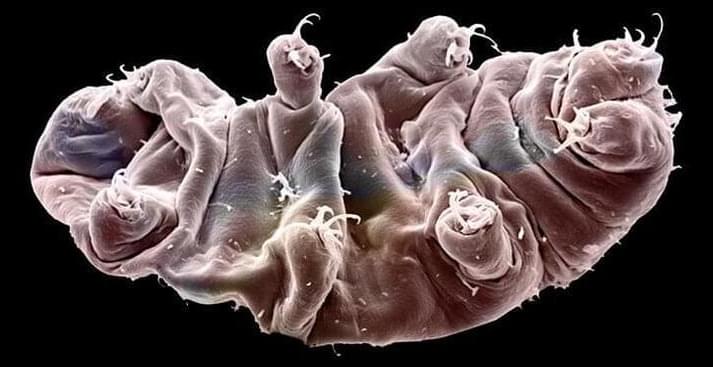Our bodies are home to hundreds or thousands of species of microbes — nobody is sure quite how many. That’s just one of many mysteries about the so-called human microbiome.
Our inner ecosystem fends off pathogens, helps digest food and may even influence behavior. But scientists have yet to figure out exactly which microbes do what or how. Many studies suggest that many species have to work together to do each of the microbiome’s jobs.
To better understand how microbes affect our health, scientists have for the first time created a synthetic human microbiome, combining 119 species of bacteria naturally found in the human body. When the researchers gave the concoction to mice that did not have a microbiome of their own, the bacterial strains established themselves and remained stable — even when the scientists introduced other microbes.



